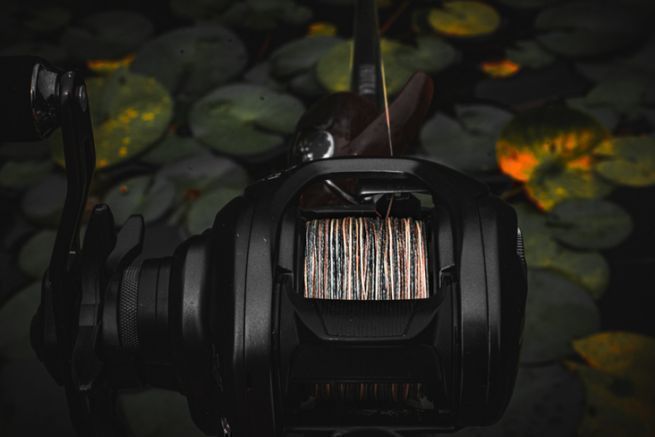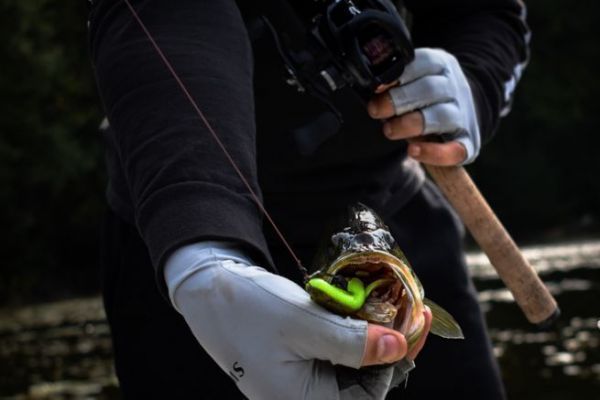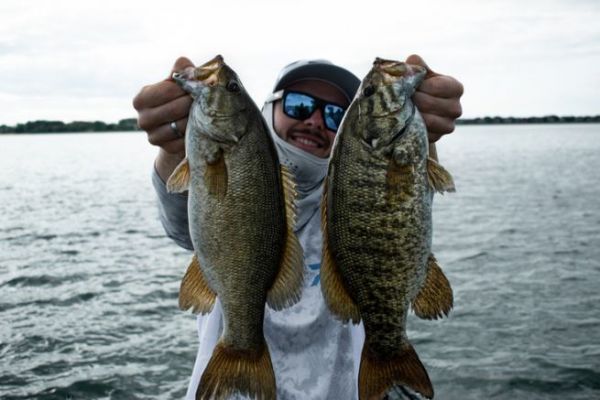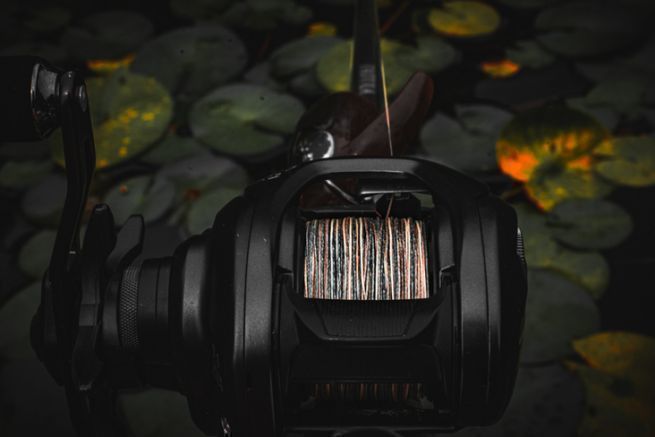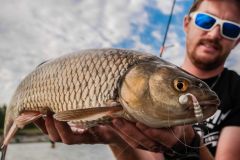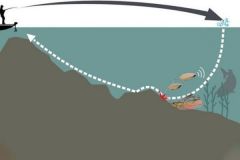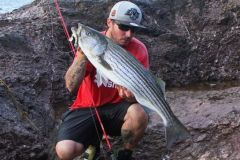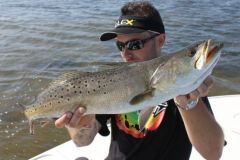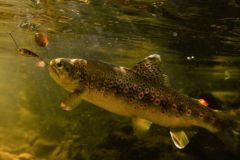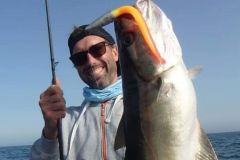The cane
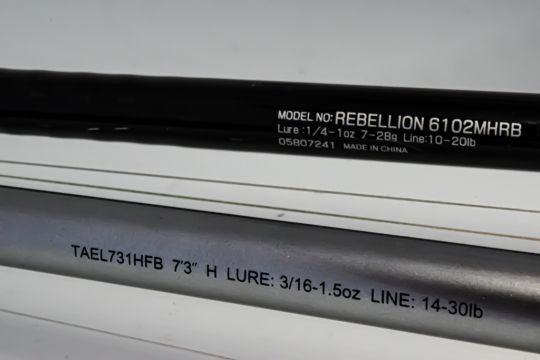
Let's start there. The fishing rod. The first observation I made with the so-called "frogging" rods is that there is no lack of them on the market, but most of them do not correspond to my needs...
I really like 2 types of rods for "Frogger". One for my fast fishing from the shore and one for my intensive fishing from a boat.
For my shore sessions, a 6'6'' (1,82 m) to 7'0'' (2,13 m) MH to H power casting rod is perfect. I find them neither too short to extract my fish nor too bulky to make accurate casts through the surrounding jungle.
For my boat fishing where I might cast further, I will choose a longer rod. A 7'3'' (2,20 m) to 7'6'' (2,30 m) model is perfect in my opinion.
There are now 2 things that define a good Frog rod in my opinion. The first one is a slight flexibility in the tip to make your animations easier, to cast farther and especially to miss less fish. The second is what we call the "Backbone". This anglicism, literally designating the backbone, qualifies the more or less authoritative reaction of your blank to the strike. So you can imagine, here what we are looking for is obviously a rod with a lot of "Backbone" to set the strong iron hooks that equip our frogs.
The reel
I choose models with high ratios that allow me to recover more efficiently and extract structure faster. I don't recommend anything below 6:3.1 and don't use anything above 8:1.1. Below that you may have to speed up your movement to the point of losing accuracy and above that I just don't see the point.
An impeccable drag is a must. It happened too often during my apprenticeship to lose a fish in a tree or other because of a poorly tightened or defective brake that lets go that extra meter that allows the fish to go behind that branch and then to unhook...
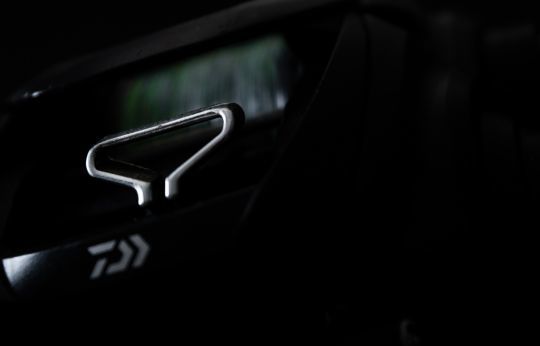
A wide thread guide is really an asset here. It limits the friction between your line and the line itself. This will increase your casting distances and greatly extend the life of your line at the same time.
The wire
And speaking of yarn, a plea for braid. I myself wanted to try something else. Full Fluorocarbon and 100% Nylon and in both cases it was not a success...
So back to the braid, you've probably seen on forums or heard in videos that you need 65lbs.
I reassure you, it's good information. Well, almost... In France, there are few biotopes where such a diameter is necessary. As for me, I use 50 lb in 90% of the cases and I have absolutely no complaints. Now, it is legitimate that you are looking for a reason for such a diameter? Well, there are three.
- The comfort, I am not a fan of the braid in casting. In particular, because of this very unpleasant friction on the thumb and the large diameter, avoids this inconvenience.
- The second reason is that you need strength and a "real chainsaw" to extract your fish from the vegetation quickly and safely.
- And finally, the third reason that pushes me towards such a diameter is that it will prevent the main strand from slipping in the lower layers of your reel when you make a strong strike. Otherwise, the next time you rush or cast, you're sure to break.
To conclude this series of articles, I have only one piece of advice to give you. Dare! I don't know of anything in the fishing world that doesn't give me as much adrenaline as a surface explosion. Seeing that "V" come hurtling through the surface in a deafening roar to grab your frog. Everything about this fishing is fun. From the equipment used to the stalking and the discovery of breathtaking spots...

